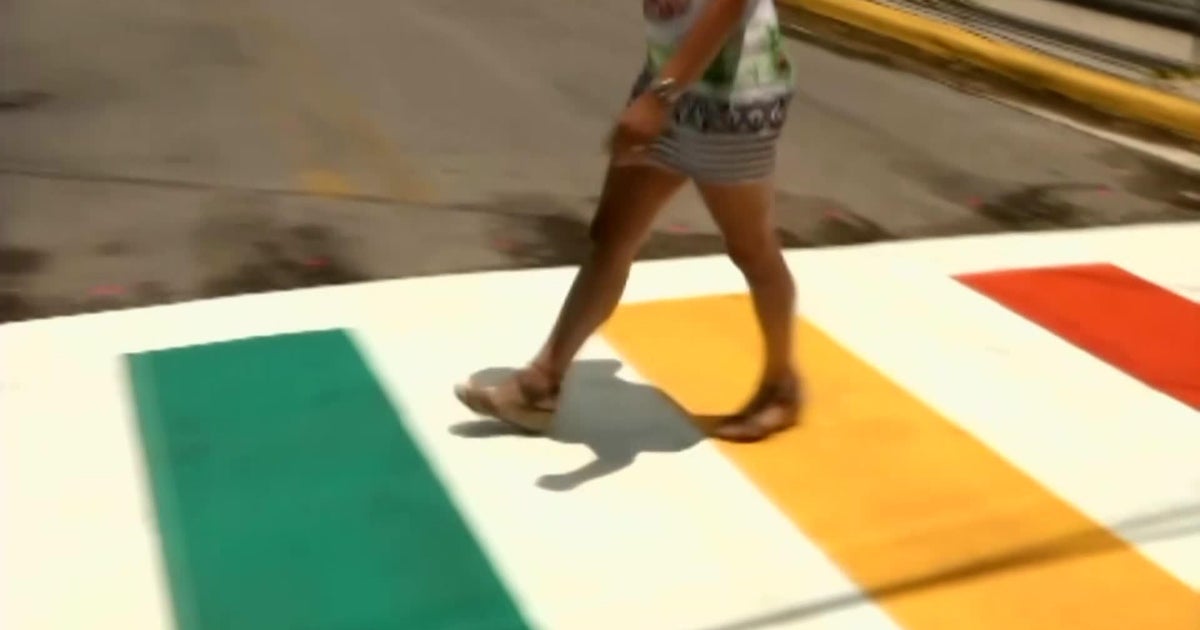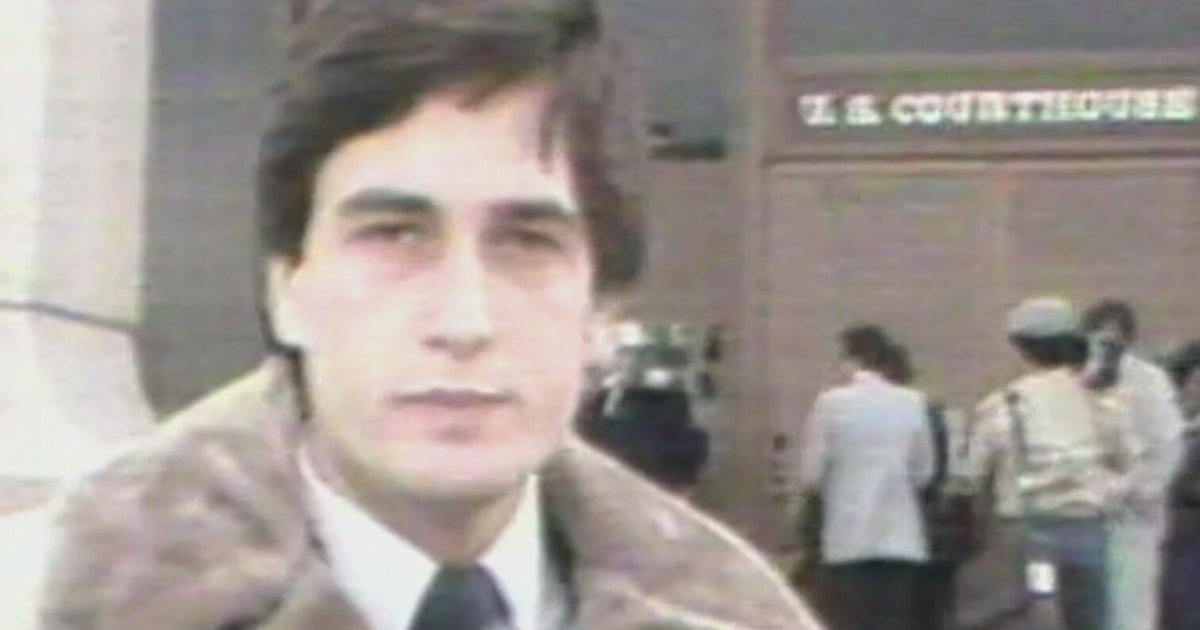Cities across South Florida are grappling with a new state law requiring the removal of rainbow-painted crosswalks, with officials in Delray Beach and Key West facing deadlines and warnings from the Florida Department of Transportation.
FDOT threatens funding cuts
Key West received a letter from the Florida Department of Transportation stating that its rainbow crosswalk must be removed by Sept. 3.
The letter said the design is “in violation of FDOT’s traffic control device standards” and that “Florida Statutes requires removal of these pavement markings immediately.”
The letter continued, “…if the pavement markings are not removed by September 3, 2025, the Florida Department of Transportation will remove them by any appropriate method necessary without further notice.” It also warned that “any additional violations by the City of Key West shall be cause for the immediate withholding of state funds.”
A hearing in Key West is set for Sept. 3, though the state said that hearing will not allow for any request for an exception or waiver.
Fort Lauderdale mayor defends designs
Fort Lauderdale Mayor Dean Trantalis said he expects his city will soon be questioned about its street designs, including rainbow art along Fort Lauderdale Beach.
“We understand that FDOT is going to send us a communication questioning all the street designs we’ve created here in our city,” Trantalis said.
He argued that the colorful designs are also about safety. “It had been determined that if we brighten up a certain intersection, it would bring people’s attention that they’re entering an intersection,” Trantalis said.
Other cities await state response
Wilton Manors officials said their rainbow bridge design is on the side, not on the road, and they have not received a letter from the state. Miami Beach has not received one either.
Asked what Fort Lauderdale would do if it receives an FDOT letter, Trantalis said, “We have to wait to see what the letter says.”
Meanwhile, Delray Beach commissioners are set to meet to discuss how to respond to the new law and the state’s demands.



